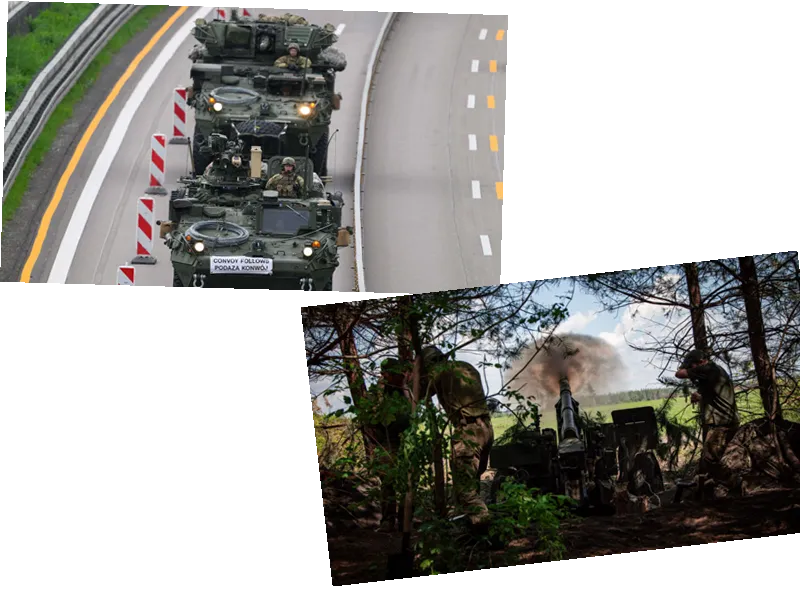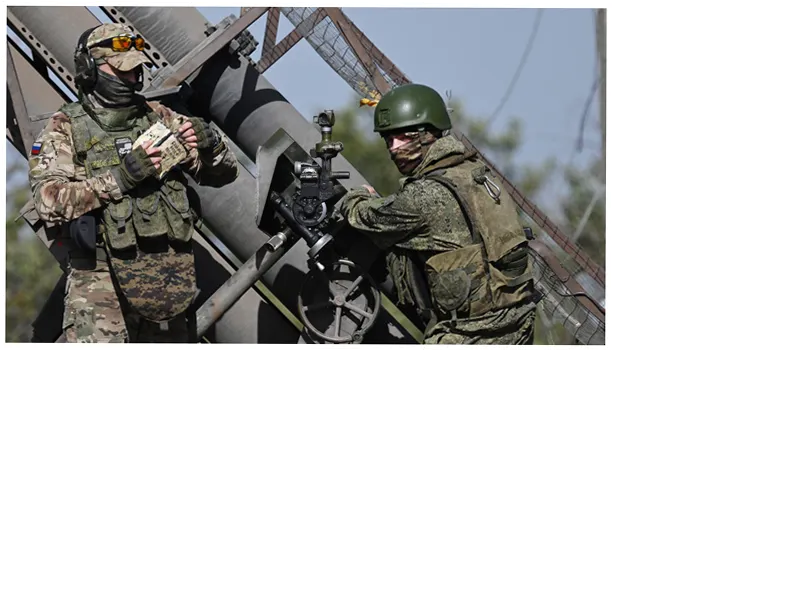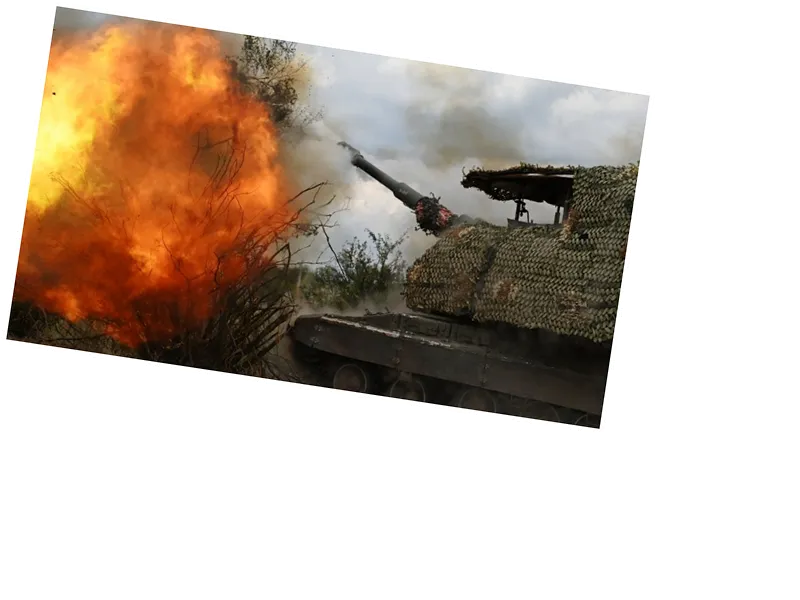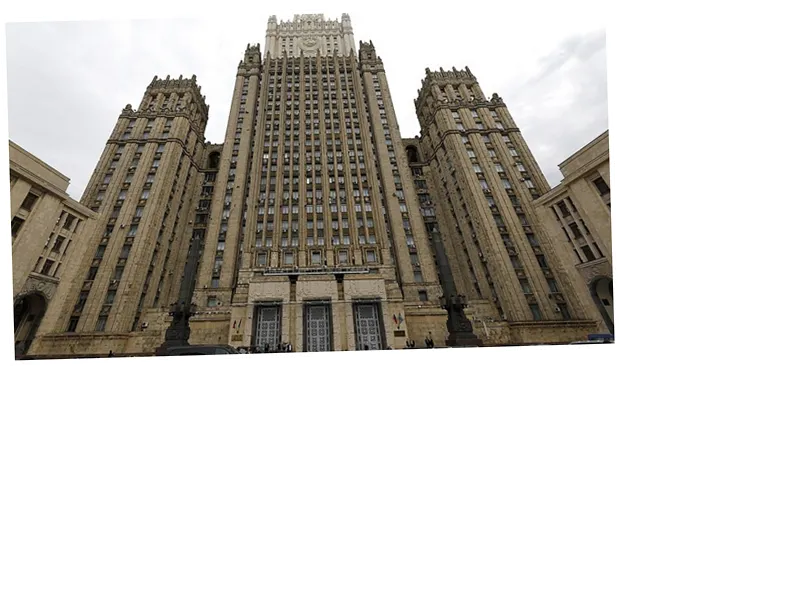The largest NATO exercise in decades, 'Steadfast Defender', concluded at the end of May with more than 90,000 soldiers, 50 warships, 1,100 combat vehicles, and over 80 aircraft participating. This exercise simulated a scenario of a Russian attack on allied territory, leading to a declaration under Article 5 of the NATO Treaty.
In light of these exercises, NATO has been strategizing the relocation of US troops to Europe in the event of a war, primarily through the port of Rotterdam in the Netherlands. However, Rotterdam and other northern European ports, including those in the Netherlands, Germany, and Baltic states, are considered easy targets for Russian attacks.
To counter potential disruptions, alternative plans involve rerouting US troops to ports in Italy, Greece, or Turkey, and then moving them overland to NATO's eastern flank. Lieutenant General Alexander Sollfrank emphasized the need for flexibility and the importance of having multiple logistic routes.
Observations from the ongoing Russia-Ukraine conflict underline the vulnerability of large logistic bases to early attacks, necessitating greater resilience and strategic redundancy within NATO's operations. Air defense continues to be a critical yet short-supplied component, underscoring the military principle that attempting to strengthen every position can lead to overall weakness.
With Russia's annexation of Crimea in 2014 and the ongoing conflict in Ukraine, NATO has reinforced its presence on the eastern flank since 2016. Currently, around 40,000 soldiers are stationed from Estonia to Romania as part of the NATO Response Force, prepared for any escalation.
Simultaneously, heavy fighting continues around the Ukrainian city of Vovchansk in the Kharkiv region. Ukrainian soldiers, particularly from the 57th Motorized Brigade, are engaged in efforts to isolate Russian units that have advanced across the border. Intense clashes have been reported around an aggregates plant on the city's northern edge.
Ukrainian forces have described the situation as 'difficult but controlled', with successful assaults pushing back Russian troops. However, Russian forces continue their efforts to create a buffer zone aimed at shielding Russian cities like Belgorod from Ukrainian attacks.
Despite initial advances, Russian troops face significant resupply challenges, with reports of food and water being delivered by drones. Videos geolocated by CNN depict active engagements with Ukrainian drones targeting Russian positions at the plant. Both sides acknowledge the fierce nature of the ongoing combat operations.
- DeepState, a Ukrainian monitoring group, highlights the recurring attempts by small groups of Russian soldiers to secure strategic positions, only to be repelled by Ukrainian forces. The difficulty in resupplying Russian soldiers emphasizes the logistical challenges faced in conflict zones.
- According to Russian military blogger WarGonzo, the fighting is intense, with Ukrainian troops executing counterattacks to dislodge the Russian Armed Forces. The Russian Defense Ministry claims to have improved their positions along the front lines and inflicted defeats on Ukrainian personnel and equipment in several areas near Vovchansk.






